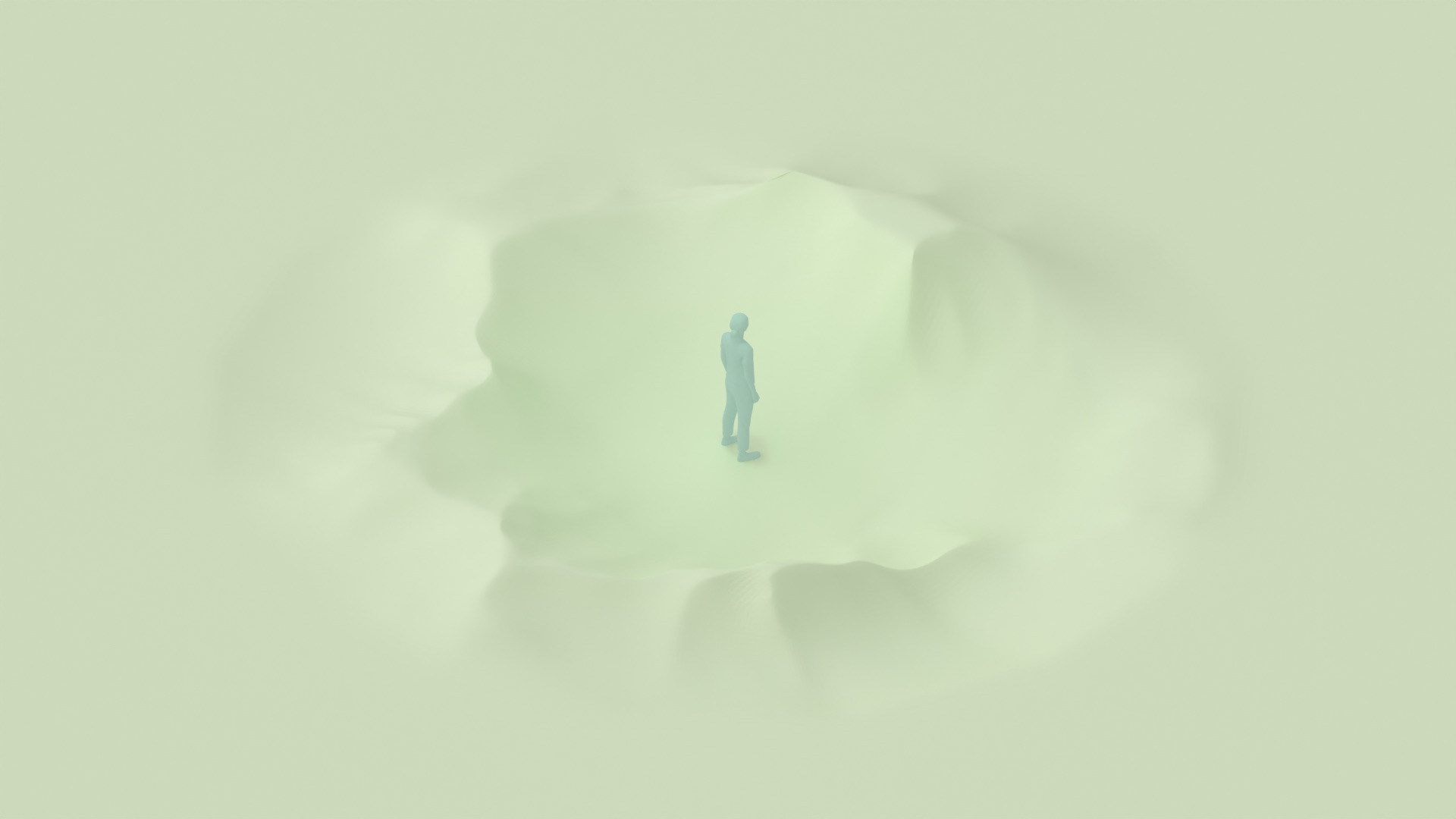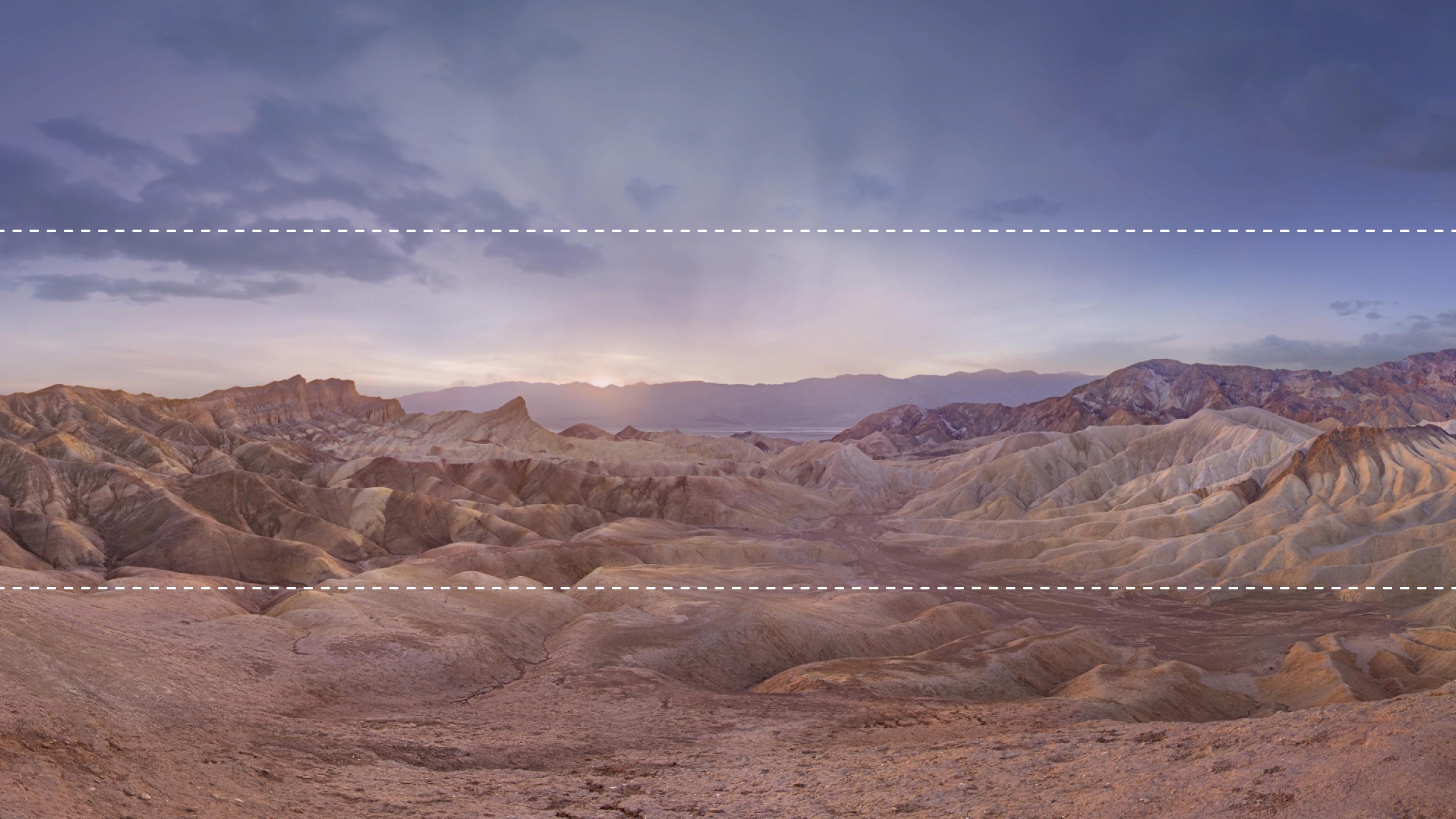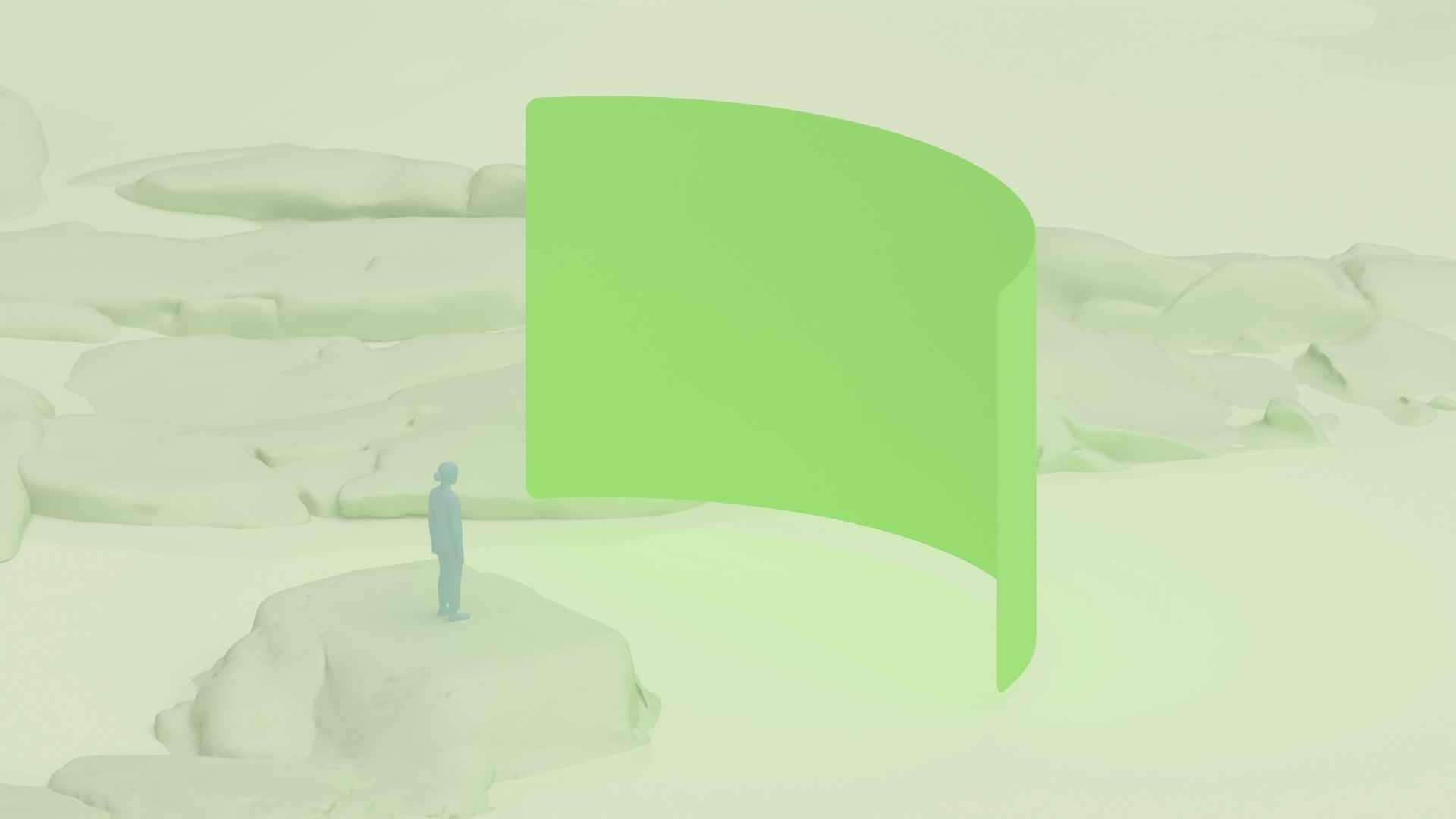當使用者在完整空間中啟動 Android XR 應用程式時,您可以透過透視功能或使用沉浸式虛擬空間覆寫使用者的環境。應用程式可以根據內容或體驗觸發特定環境。舉例來說,應用程式可以在提到雷雨天氣時顯示暴風天氣的環境,或是在解釋角鬥士時顯示虛擬的羅馬競技場。
環境是一種多功能的設定方式,可用於自訂應用程式並提升沉浸感。在 Full Space 中,您可以完全彈性地打造理想體驗。創造獨特的視覺和音效,吸引使用者觀看,同時讓他們感到舒適且安全。
空間環境的元素
環境可以包含深度、紋理和 3D 幾何圖形。在 Full Space 中,您可以使用標準 gITF 格式提供自己的虛擬環境。瞭解如何新增空間環境。
這些選用元件可協助您建構場景。您可以選擇其中一種,或將所有效果組合起來,打造複雜的視覺體驗。


其他 3D 幾何圖形
為提升空間感知能力,請在使用者附近放置輔助幾何圖形。請勿在使用者 1.5 公尺範圍內放置超過 0.9 公尺的物體,否則可能會與 UI 元素產生深度衝突。
對於周圍或其他 3D 幾何圖形,Android XR 支援 .gltf 或 .glb 副檔名。您可以使用 Blender、Maya、Spline 等第三方工具建立及匯出這些檔案格式。
打造安全舒適的體驗
請按照下列規範建立空間環境,讓使用者能安全舒適地探索。
- 加入明確的視覺提示,讓使用者快速切換全螢幕模式和主畫面模式。舉例來說,您可以使用收合內容和展開內容圖示為按鈕觸發轉場效果。
- 與使用者保持至少 1 公尺的距離,以免發生碰撞。這樣一來,使用者就能有足夠的空間移動,同時避免碰到真實物體。
- 您可以建立多個環境,並新增選單,讓使用者在各環境之間切換。
效能最佳化
某些空間環境需要高效能,因此需要進行最佳化,才能維持流暢的幀率、低延遲時間,並避免使用者感到不適。
考量到立體算繪和即時互動的處理需求,建議您採用高效的 3D 模型設計,並妥善運用紋理和著色器。這些規範可協助您打造視覺效果豐富且在多種裝置上運作良好的 XR 體驗。
最佳化檔案
- Polycount 會直接影響效能,請盡可能進行最佳化。
- 採用高效的網格結構,並減少不必要的細節和重疊幾何圖形。
- 簡化複雜模型並使用紋理索引圖,減少繪圖呼叫。請嘗試將多個紋理合併為單一檔案。
- 使用有效的紋理壓縮功能並縮減資產大小,以免 GPU 超載,並最佳化模型和紋理。為求最佳成效,建議的素材資源大小為:3D 桌布或 glb 約為 80 MB,音訊檔案約為 15 MB。
- 使用 KTX2 紋理壓縮功能,提升 GPU 效能。
- 盡可能將光源資訊繪製至紋理。
考慮使用 360° UI 安全區
保持在安全的色調範圍內,避免亮度出現異常波動,以免與使用者介面產生衝突或讓使用者感到疲勞。

提供無障礙功能
請確保 UI 在所有方向上都能清楚顯示,尤其是在使用者視野中間的水平頻帶。避免使用可能造成干擾的複雜設計或細節。

舒適設計
如果您使用中場大型 UI 面板,請考慮使用者與其相關的位置。使用者應距離螢幕浮動表面至少 5 英尺。這樣一來,你就能在舒適的距離觀看大螢幕虛擬畫面,不必抬頭就能看到畫面。


